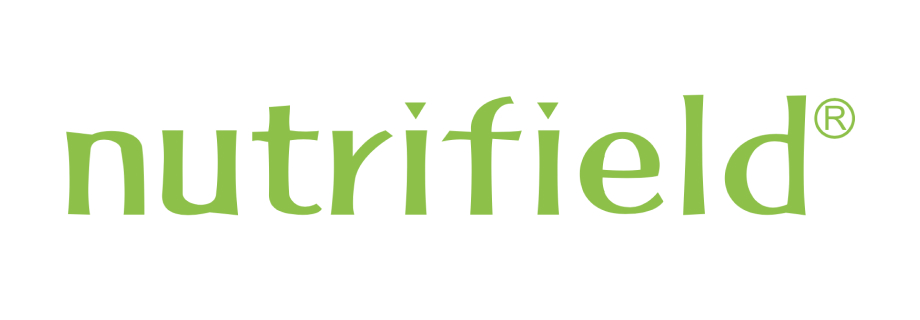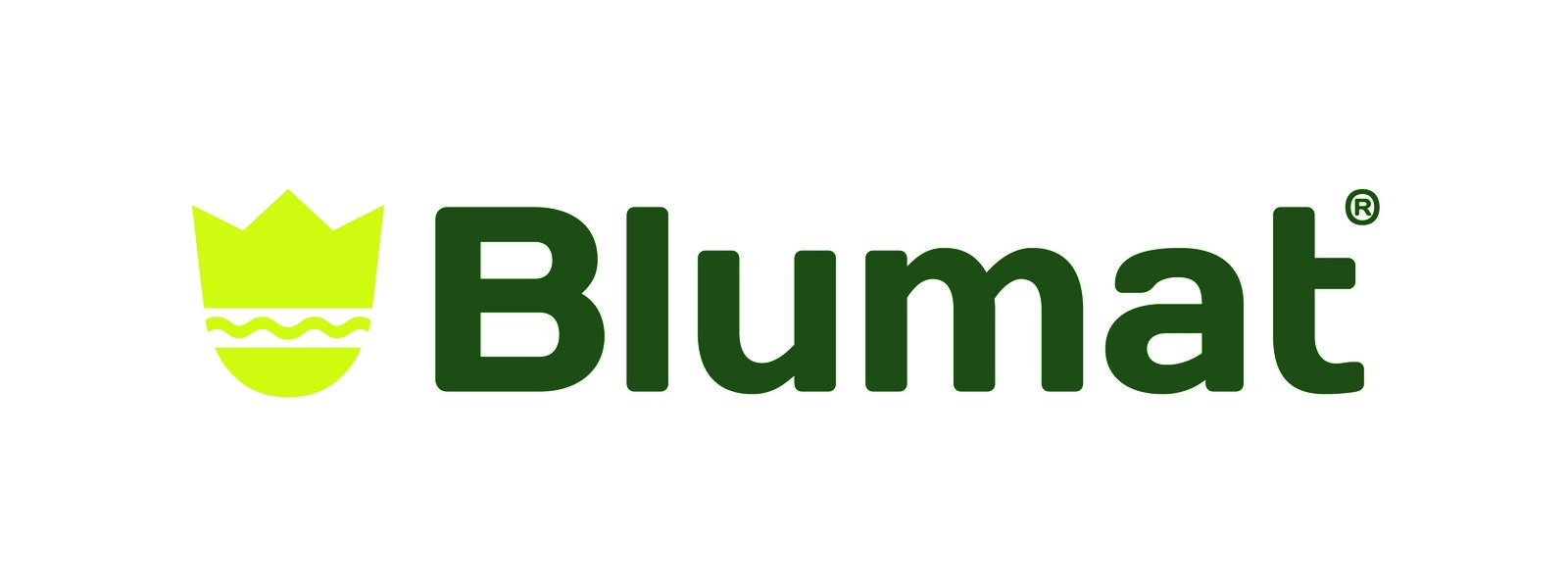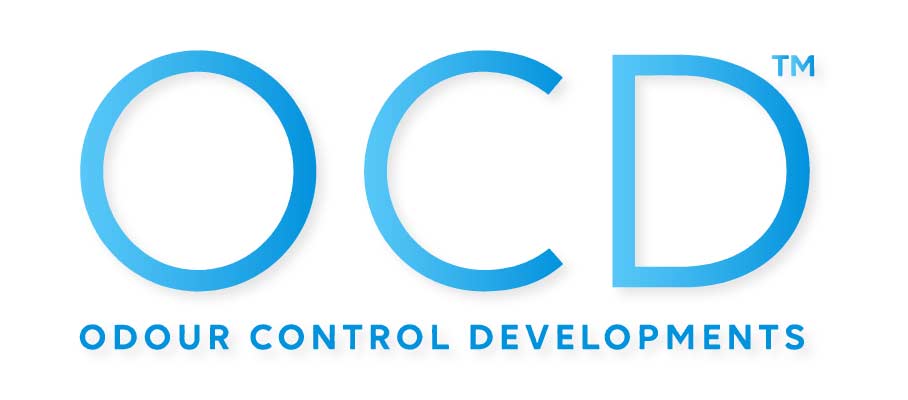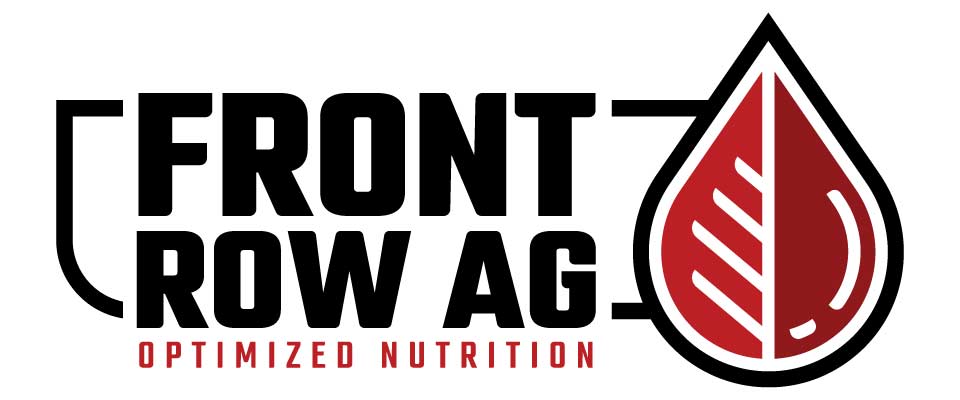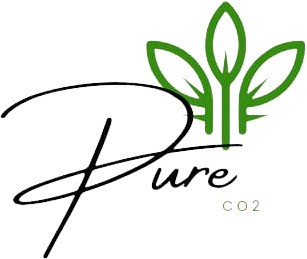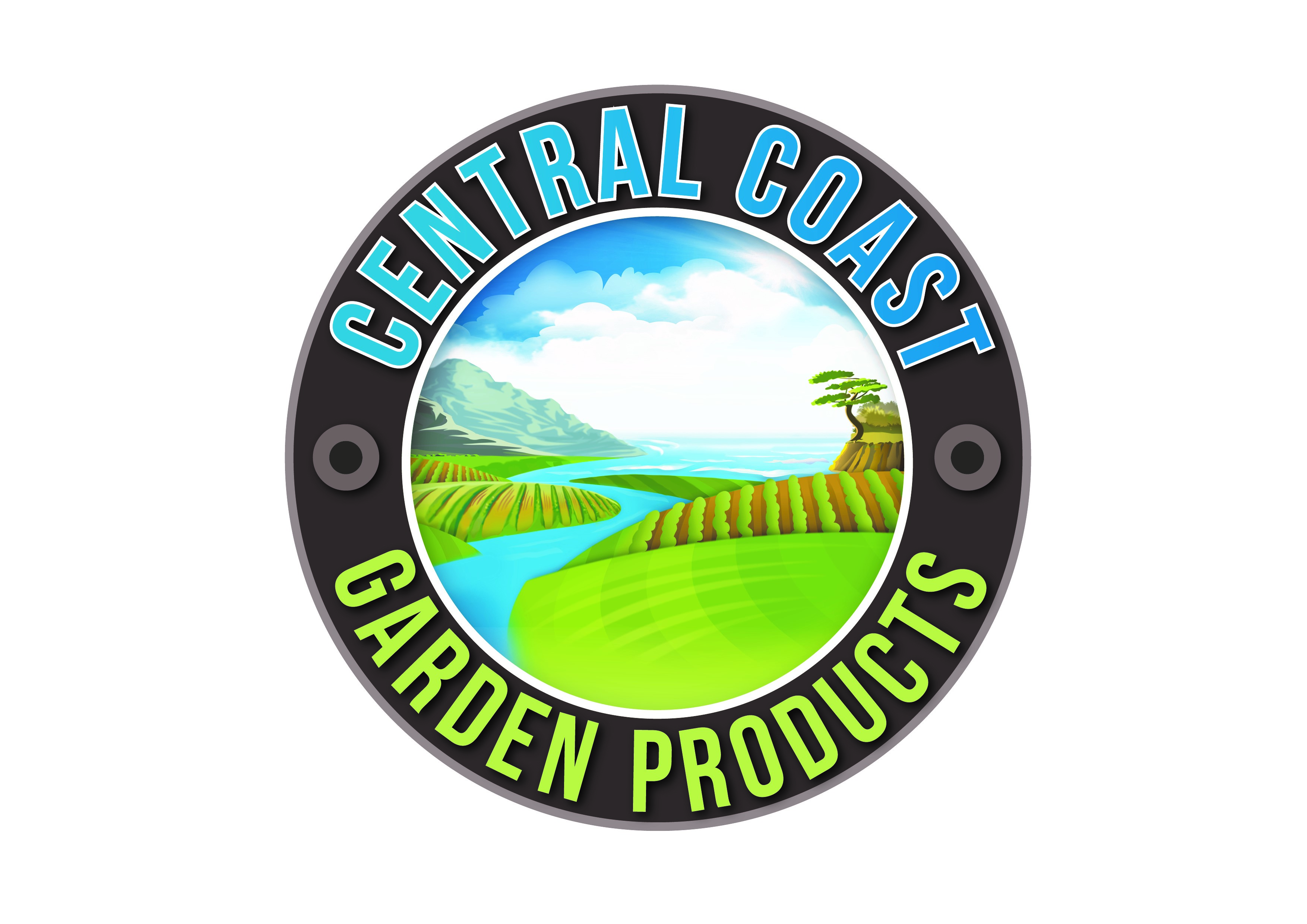Get A Grip On VPD!
If you've ever wondered why your plants sometimes seem a little off, even when you're nailing your feeding and lighting routines, it could be down to something less obvious: VPD.
Understanding Vapour Pressure Deficit (VPD) is not just for scientists. It's a key factor that can significantly enhance your plant growth. In simple terms, VPD is all about how your plants 'breathe', or more specifically, how they release moisture into the air. When it's correct, your plants transpire properly, take up nutrients efficiently, and grow as they should. This knowledge can truly level up your gardening game.
Let's break it down.
What Is VPD?
VPD measures the difference between how much moisture the air could hold (if it were fully saturated) and how much it's actually holding. It's influenced by two things: temperature and relative humidity (RH).
If the air is too dry (high VPD), your plants can lose water too quickly, leading to stress. If it's too moist (low VPD), they struggle to transpire, and nutrient uptake slows. Either extreme can cause issues like wilting, stunted growth, or root problems.
Why VPD Matters
Your plants don't just drink through their roots - they also release moisture through tiny pores in their leaves, a process called transpiration. This system functions like a nutrient conveyor belt: water rises from the roots, transporting minerals along with it. When the VPD is optimal, this conveyor belt operates smoothly. However, when it is not, the process can be disrupted.
- Too high VPD: Your plants close their stomata to prevent water loss, which also means they stop taking in CO₂. Less photosynthesis = slower growth.
- Too low VPD: Stomata stay open, but water movement slows. Nutrients don't get where they need to go, and things like mould or mildew become a real risk.
VPD Targets by Growth Stage
The ideal VPD shifts depending on the stage of your plant's lifecycle. Here's a quick guide:
Stage Target VPD (kPa)
- Seedlings 0.3–0.8
- Vegetative 0.8–1.2
- Flowering 1.2–1.5
A higher VPD in flower helps reduce excess humidity around the flowers (great for preventing mould), while a lower VPD during propagation helps keep those delicate roots from drying out.
So, how do you use this?
To use VPD in your grow room, you'll need the following:
- A hygrometer/thermometer (or, ideally, a digital monitor) to track room temp and humidity.
- A VPD chart (like the one below) or a VPD calculator to see where you're at.
- Willingness to tweak things: adjusting your exhaust fan, humidifier, or heater can all help get you into the correct zone.
Tip: If you're keeping your grow room at 25°C with 60% RH, your VPD is around 1.38 kPa - perfect for early flowering.
(Refer to the chart below to find your ideal setup.)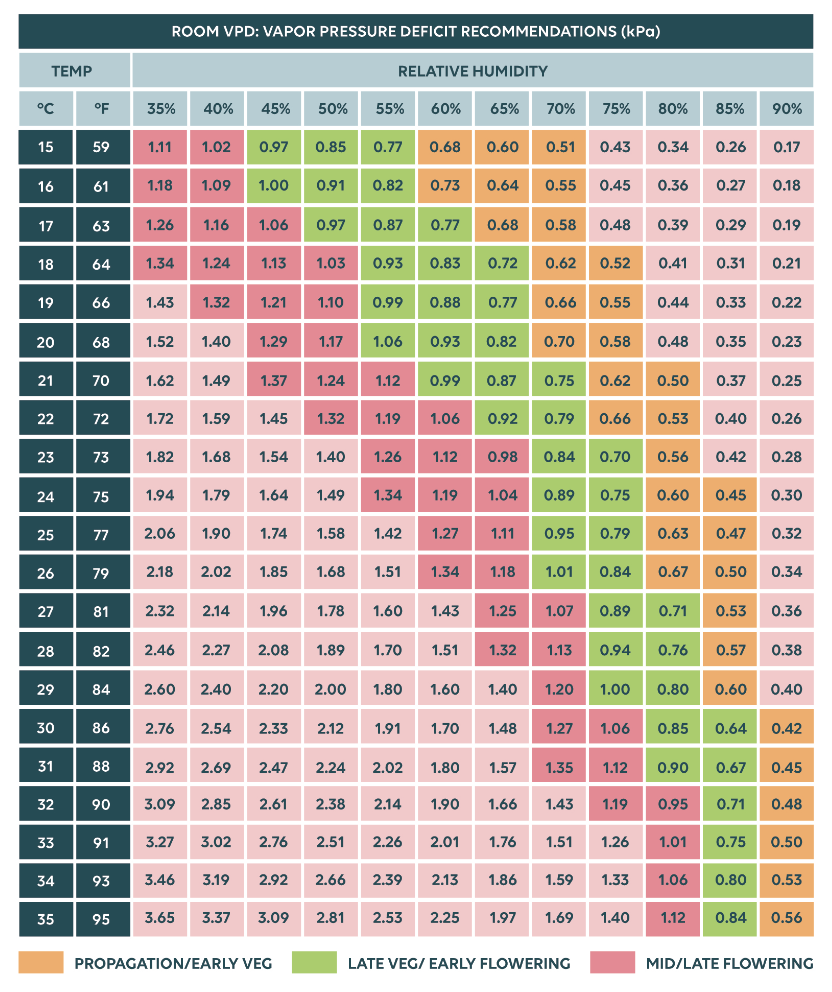
Real Talk: It's a Balancing Act
VPD isn't something you set and forget. As your plants grow and seasons shift, your environment will too. Monitoring your grow room conditions and adjusting them as necessary is the best way to prevent common issues, such as nutrient lockout, root rot, or slow flowering. If you are already using quality lights and a solid nutrient schedule, the next step is to manage Vapor Pressure Deficit (VPD). While it may seem a bit technical, the benefits are significant: healthier plants, larger yields, and more consistent growth. The potential improvements in your plants' development should inspire you to learn how to effectively manage VPD.
Recommended Tools & Gear
Ready to take control of your grow room environment? Check out some of our top picks:
- Horti Air Humidifiers – Reliable humidity control for every stage.
- Horti Air Heat Sabers – Gentle, consistent heat to maintain VPD balance.
- TrolMaster Controllers & Devices – Automate your environment with precision.
- HydroAxis Hygrometers – Keep real-time measurements of humidity and temperature.
Need help getting your VPD dialled in? Pop into your local Hyalite store or give us a shout; we're here to help your plants thrive from seed to harvest.



